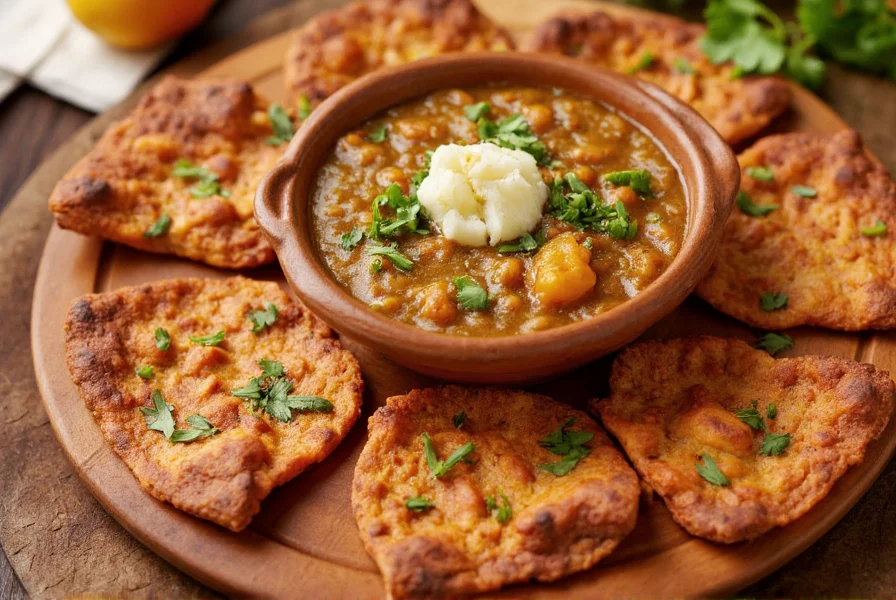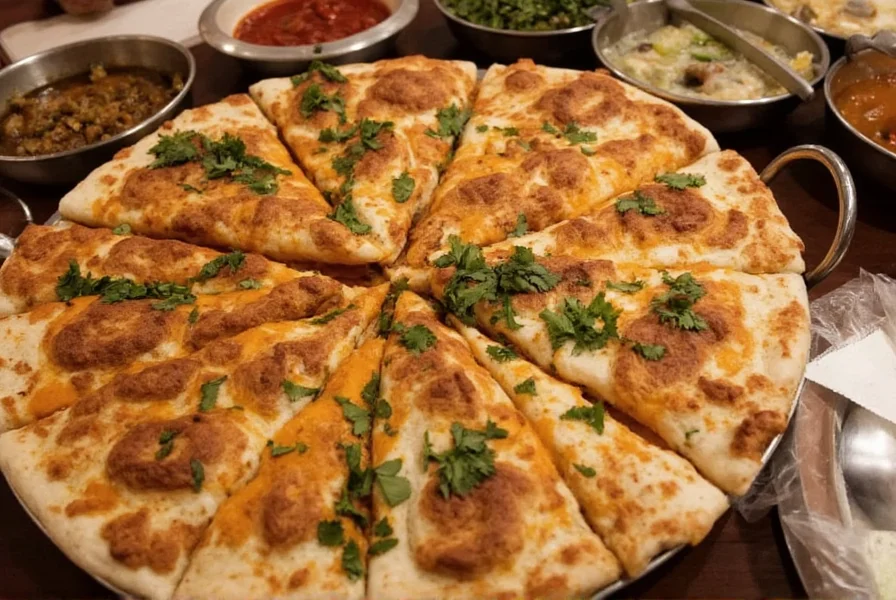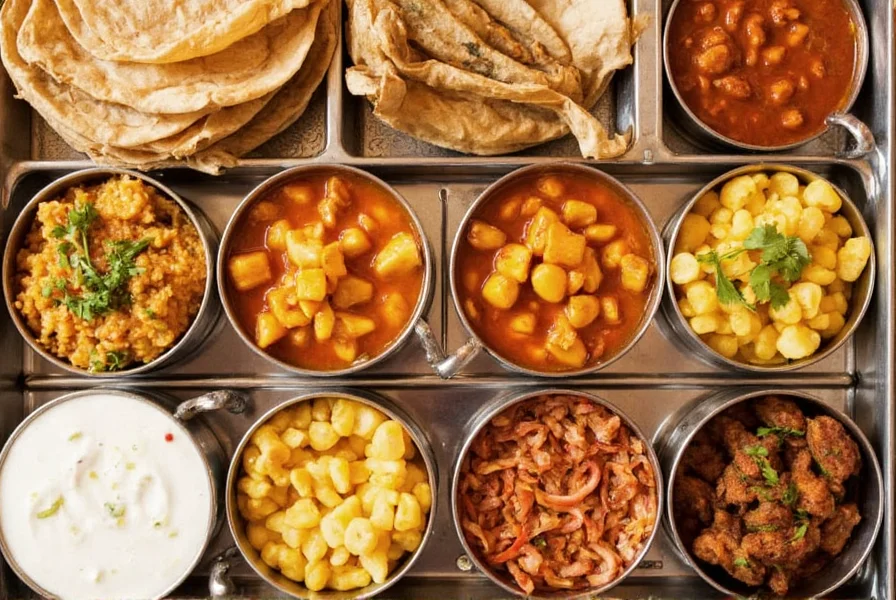When searching for a genuine Indian dining experience, understanding what distinguishes authentic establishments from generic 'Indian' restaurants is essential. India's culinary landscape spans eight distinct regions, each with unique ingredients, cooking techniques, and flavor profiles that rarely appear on standardized menus at inauthentic venues.
Regional Diversity in Indian Cuisine
Authentic Indian restaurants typically organize their menus by region rather than generic categories. North Indian cuisine features creamy gravies and tandoor-baked breads like naan, while South Indian restaurants specialize in rice-based dishes, lentil stews, and crispy dosas. Coastal regions like Kerala and Goa incorporate coconut and seafood prominently, whereas Punjabi cuisine focuses on robust meat dishes and dairy-rich preparations.

Traditional Cooking Methods That Define Authenticity
The cooking equipment used in authentic Indian restaurants serves as a reliable indicator of genuine preparation. Look for:
| Cooking Method | Signature Dishes | Regional Origin |
|---|---|---|
| Tandoor (clay oven) | Tandoori chicken, naan, seekh kebabs | Punjab, North India |
| Handi (clay pot) | Butter chicken, biryani | Delhi, Uttar Pradesh |
| Uruli (bronze vessel) | Avial, fish molee | Kerala, South India |
| Tawa (flat griddle) | Dosas, rotis, parathas | Throughout India |
Restaurants using these traditional methods typically prepare dishes to order rather than pre-cooking in bulk. The aroma of freshly ground spices and visible preparation areas often accompany authentic establishments.
What to Expect When Dining at an Authentic Indian Restaurant
Your dining experience should reflect India's rich culinary traditions. Staff at genuine Indian restaurants can explain regional differences and help navigate spice levels appropriately. Menus often categorize dishes by:
- Regional origin (Punjabi, Tamil, Bengali, etc.)
- Cooking technique (tandoori, handi, fried)
- Meal structure (appetizers, breads, main courses, accompaniments)
Unlike generic 'Indian' restaurants that serve uniform butter chicken and naan worldwide, authentic venues feature seasonal specialties and regional festivals on their calendars. Many celebrate occasions like Onam in Kerala or Baisakhi in Punjab with special menus.
Identifying Authentic Indian Restaurants: Key Indicators
When evaluating whether an Indian restaurant maintains authenticity, consider these factors:
Menu Composition
Authentic menus avoid Westernized terms like 'mild curry' and instead use proper regional names. Look for dishes specific to particular states or communities, such as:
- Dhansak (Parsi community specialty)
- Chettinad chicken (Tamil Nadu)
- Shorshe ilish (Bengali mustard fish)
Staff Knowledge
Employees at genuine Indian restaurants can explain the difference between garam masala blends from different regions and recommend appropriate pairings. They'll understand that 'curry' is a British colonial term rarely used in India, where dishes have specific regional names.
Ingredient Sourcing
Authentic establishments often source specialty ingredients directly from India or use traditional preparation methods. Many maintain live yogurt cultures for perfect raita consistency and grind spices fresh daily rather than using pre-mixed powders.

Regional Specialties Worth Seeking
To experience India's culinary diversity, seek restaurants specializing in specific regional cuisines:
North Indian Restaurants
Look for properly prepared dal makhani (black lentils slow-cooked for 24 hours) and amritsari kulcha (stuffed breads). The best venues serve makki di roti with seasonal mustard greens during winter months.
South Indian Restaurants
Authentic South Indian establishments prepare idli and dosa batter through natural fermentation (12-18 hours), not chemical leavening. They'll offer regional variations like uttapam from Tamil Nadu or neer dosa from Karnataka.
Coastal Indian Restaurants
Seafood-focused restaurants from coastal regions use cooking techniques specific to their area. Goan restaurants feature vinegar-based recheado marinades, while Kerala venues prepare fish in coconut milk with curry leaves.
Navigating the Menu: A Practical Guide
Understanding common terms helps identify authentic preparations:
- Tandoori: Cooked in clay oven (not just 'grilled')
- Dum: Slow-cooked with sealed lid (true biryani technique)
- Handi: Clay pot cooking (distinct from regular pots)
- Phulkka: Properly puffed roti (not just 'flatbread')
Spice levels should be described as kattey (sharp/hot) rather than generic 'mild/medium/hot.' Authentic restaurants adjust heat through chili varieties rather than overwhelming quantity.
Supporting Genuine Indian Culinary Traditions
When you choose restaurants committed to authentic preparation methods and regional specificity, you support the preservation of India's diverse culinary heritage. These establishments often employ chefs with regional backgrounds who maintain family recipes and traditional techniques that might otherwise be lost in standardized 'Indian' cuisine.
Frequently Asked Questions
How can I tell if an Indian restaurant is authentic rather than generic?
Authentic Indian restaurants typically organize menus by region rather than generic categories, use proper regional dish names instead of Westernized terms, and have staff who can explain cooking techniques and regional differences. They'll feature seasonal specialties and may use traditional cooking equipment like tandoor ovens visible to customers.
What are the main regional differences in Indian restaurant cuisine?
North Indian restaurants feature creamy gravies and tandoor-baked breads, South Indian venues specialize in rice-based dishes and dosas, Eastern restaurants focus on fish and mustard preparations, and Western Indian establishments highlight vegetarian specialties and coastal seafood dishes. Each region uses distinct spice blends, cooking techniques, and staple ingredients that define their culinary identity.
Why do authentic Indian restaurants rarely use the term 'curry'?
The term 'curry' is a British colonial simplification of diverse Indian dishes. In India, each preparation has a specific regional name like 'sabzi,' 'jhol,' 'kuzhambu,' or 'sambar' depending on the region. Authentic restaurants use these proper terms rather than the generic 'curry,' which doesn't reflect India's culinary diversity.
What should I look for in an authentic Indian restaurant menu?
Look for menus organized by region rather than generic categories, proper regional dish names instead of Westernized terms, seasonal specialties, and explanations of cooking techniques. Authentic menus often include regional spice blends, traditional preparation methods, and may feature dishes specific to particular festivals or occasions in India.
How do authentic Indian restaurants handle spice levels differently?
Authentic establishments describe spice levels using regional terms like 'kattey' (sharp) rather than generic 'mild/medium/hot.' They adjust heat through specific chili varieties and preparation techniques rather than overwhelming quantity. Staff can explain the flavor profile of different spices and recommend appropriate pairings to balance heat with other flavors.











 浙公网安备
33010002000092号
浙公网安备
33010002000092号 浙B2-20120091-4
浙B2-20120091-4